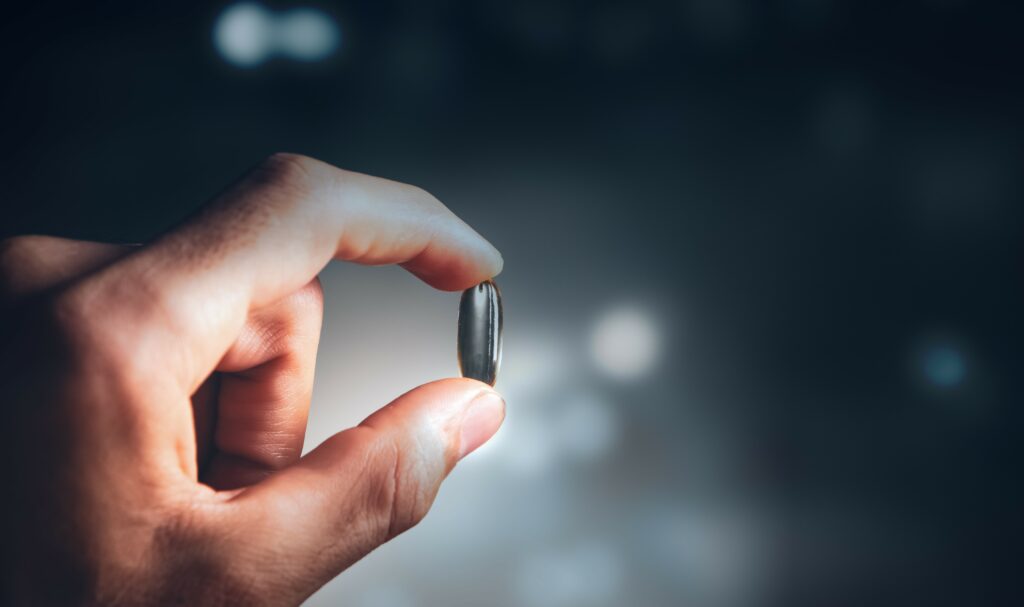Monitoring Devices
Monitoring Devices
Glucose meters have undergone many revisions over the years and have become easier and more convenient to operate. Understanding the numbers, and taking appropriate action, however, requires insight. Without proper training and support, the effectiveness of glucose testing may be hit or miss. It is common for patients to equate out-of-range results with their own worth, such that a high number indicates personal failure at diabetes management. A diabetes educator can help patients understand that testing is simply a gauge, like the instruments on a car’s dashboard. The car is not ‘bad’ when it goes too fast or when it runs out of gas. The driver simply takes notice of the high number on the speedometer or the low level on the gas gauge, and takes the appropriate action. Advances in monitoring products have simplified testing procedure considerably, as well as improving accuracy.
Meter Coding
Many of today’s monitoring systems require no coding to calibrate the test strips with the meter. This can equate to fewer errors that could have serious outcomes. At the Sixth Annual Diabetes Technology Meeting in Atlanta, Georgia, in 2006, the findings of a new study were presented in which the probability of an insulin error was significantly reduced when auto-coded meters were used compared with manually coded meters.2
Talking Meters
Talking meters are available for patients who desire step-by-step audible instructions while performing their glucose monitoring. Although it is not being marketed for use with the visually impaired patient, the Prodigy™ Autocode meter is a talking glucose meter that could prove useful for this subset of patients. The Prodigy Autocode, which is distributed by Diagnostic Devices, Inc., features an audible voice that prompts the user to follow the steps of operation, then tells them the test results. At about US$30, the Prodigy Autocode is more affordable than other audible meters on the market, which can cost up to US$600. Thus, it may offer broader access to glucose monitoring for the visually impaired. Prodigy™ meters are as compact as most standard meters and are currently available in the following languages: English/Spanish and English/Portuguese. An English/French meter will soon be introduced.
Ketone Meters
The testing of ketones is recommended when blood glucose is over 250mg/dl (13.8mmol/l), especially during sick days, and for those with type 1 diabetes.3 One glucose meter that can also check blood ketones is the Precision Xtra™. A separate type of testing strips is required: one that measures ß-hydroxybutyrate ketone, the substance that is associated with diabetic ketoacidosis (DKA). A reading below 0.6mmol/l is considered normal; between 0.6 and 1.5mmol/l suggests that DKA may be developing; and a reading of 1.6–3.0mmol/l is highly indicative of DKA and should prompt an immediate call to the healthcare provider.
Continuous Glucose Monitoring
Although still in their infancy as medical devices, continuous glucose monitoring (CGM) systems are the next exciting wave in monitoring devices. CGM devices measure the glucose in the interstitial fluid using a subcutaneous sensor, which feeds the information to the transmitter, an attached component worn on the skin. The transmitter, in turn, sends the information to a receiver, which displays the reading every few minutes to the user. Receivers for currently available CGMs are either a handheld instrument integrated within an insulin pump, or housed within the casing of an insulin pump. Computer software is used to analyze sequential readings. Benefits of CGM include early detection of glucose trends and insight into previously undetected glucose patterns. In both cases, therapy can then be adjusted for improved glucose control. Concerns include high cost, insurance reimbursement, and user safety and accuracy. At this time CGM does not replace traditional monitoring with a glucose meter. Users must continue to use their meter to regularly calibrate the CGM system, as well as before treatment decisions such as insulin adjustment for meals or exercise. CGM systems available in the US include the following: FreeStyle Navigator (Abbott Laboratories); DexCom STS (DexCom); Guardian REALTime System (Medtronic MiniMed); and Paradigm REAL-Time Insulin Pump and CGM System (Medtronic MiniMed).
Insulin Delivery Devices
I-Port™ Injection Port
For patients who want to reduce the number of times they need to puncture their skin, the I-Port™ Injection Port by Patton Laboratories is a welcome innovation. This device offers a channel for delivering multiple doses of medication directly into the subcutaneous tissue without multiple injections. The I-Port is applied to the body in much the same way as an insulin pump needle: Using a short insertion needle, a soft flexible cannula is guided into the subcutaneous space. A re-sealable medication port is directly atop the cannula and is kept in place on the skin’s surface with an adhesive pad. Using a standard insulin syringe or an insulin pen, the patient’s dose is given by injecting through the port. The I-Port can be worn for up to 72 hours or for up to 75 injections. This product is available in most US markets and requires a prescription.
Inhaled Insulin
Exubera®, the first US Food and Drug Administration (FDA)-approved inhaled insulin entered the global market last year. Rapid-acting insulin powder, packaged in blisters, is blown into a fine, dry cloud and inhaled through a chamber on the hand-held device. This innovative method of delivery helps to remove many common barriers to beginning insulin therapy, such as the discomfort or fear of needles, the stigma of carrying needles about, and the ease in taking insulin in public places. In clinical trials, patient satisfaction with this mode of insulin delivery was extremely high. In one extension study, participants who previously used injected insulin were given a choice to continue on Exubera or return to injections. 85% chose Exubera over injected insulin.4 Candidates for Exubera include non-smoking type 1 or type 2 adults whose current therapy is not getting them to target. Lung function must be assessed prior to starting therapy and at certain intervals thereafter. Exubera is contraindicated in patients with poorly controlled asthma or chronic obstructive pulmonary disease.5
Implantable Insulin Pump
An option for the future is the implantable insulin pump. The Medtronic MiniMed® has been used experimentally in over 400 patients. Implanted under the skin in the abdomen, this pump is designed to release insulin into the peritoneal space upon the command of a controller kept nearby (worn like a pager). Using a portal just under the skin, about 6,000 units of U100 insulin are injected into the reservoir, which lasts for about three months.
Insulin Pens
Insulin pens have, for years, simplified insulin dosing for people with diabetes. Using an insulin pen is seen as more discreet than traditional vial and syringe dosing when done in public. The look of the pen may also be perceived as less ‘medical’ and therefore more acceptable to many patients. Accuracy is enhanced, as the risk of air bubbles is minimized and there is less reliance on the user’s ability to visualize the dose being delivered. Patients have a choice between disposable pre-filled insulin pens and reusable pens with insertable cartridges.
In general, pens work by attaching a disposable pen needle to one end of the unit. The dosing knob on the other end of the unit is dialed to the desired dose of insulin. Most insulin pens are designed to make an audible click for each dialed increment of insulin. Then, the user inserts the needle into the subcutaneous space and injects the insulin by depressing the knob until the dose is fully delivered. Some of the latest developments in insulin pens include half-unit dosing and a inbuilt memory function.
The HumaPen® MEMOIR is the first and only insulin pen with a memory. This is a safety plus for patients who are not sure whether they took their intended dose of insulin, or how much they may have taken. The batteryoperated pen from Eli Lilly & Company contains a computer chip that will hold information about the last 16 doses of insulin delivered. At the push of the dosing knob, the user can view a read-out of the date, time, and amount of insulin last given. With the MEMOIR, insulin is dosed in one unit increments. Humalog cartridges, containing 3ml, are inserted into the MEMOIR. They cost approximately US$100 for the MEMOIR pen; the insulin cartridges are sold separately.
The LUXURA HD® pen, also by Lilly, offers precision dosing in half-unit increments, as does the NovoPen® Junior, made by Novo Nordisk. This feature is very useful for patients who are extremely insulin sensitive, and in need of small, precise doses. The bright colors and designs on the NovoPen Junior are appealing to children and may make injection time less threatening. Its housing is metal and is virtually unbreakable.
Pen Needles
For patients with a fear of needles, the NovoFine Autocover may help to minimize their anxiety with injections. The Autocover is a plastic sheath that hides the pen needle during injection. Additionally, it lowers the chance of accidental puncture of caregivers, which renders it impossible to re-use, by safely retracting the needle after use. The Autocover is used with 8mm short Novo pen needles.
Conclusion
Expect the future to bring even more innovative devices to the market for use by people with diabetes. Intended to improve their diabetes selfmanagement, these devices can also add to an already complex self-care regimen. All healthcare professionals would do well to remember that no device can adequately substitute the human element. We need to continue to offer emotional and educational support for our patients with diabetes.














